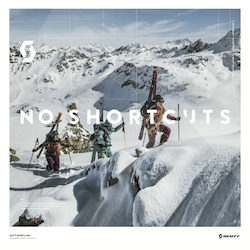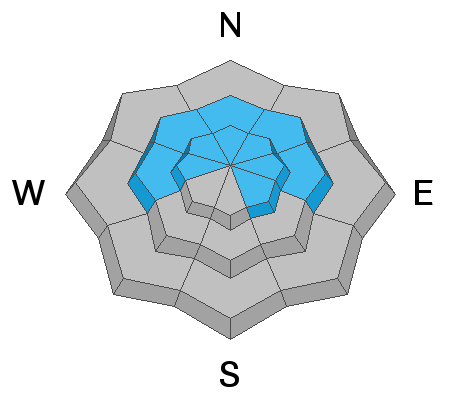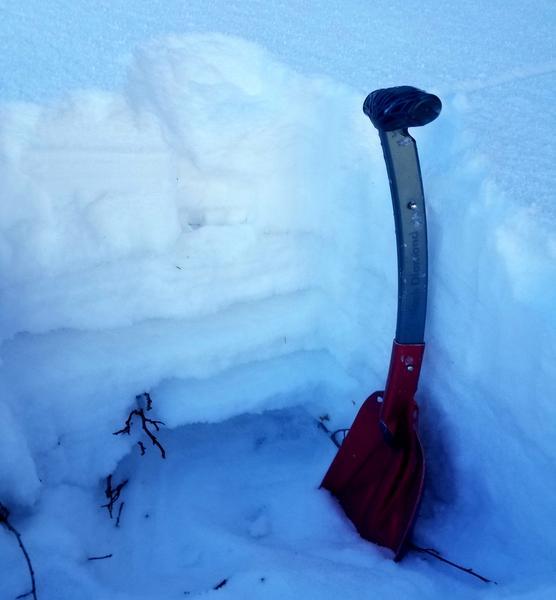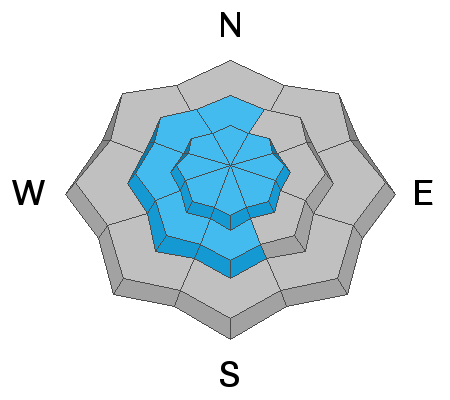Forecast for the Ogden Area Mountains

Issued by Drew Hardesty on
Tuesday morning, December 29, 2020
Tuesday morning, December 29, 2020
Areas of CONSIDERABLE danger exist on many west to north to easterly facing aspects in the upper elevations. You can still trigger avalanches 1-2' deep on, adjacent to, or below steep slopes. A MODERATE danger exists for fresh drifts of wind blown snow in the mid and upper elevations.

Low
Moderate
Considerable
High
Extreme
Learn how to read the forecast here






